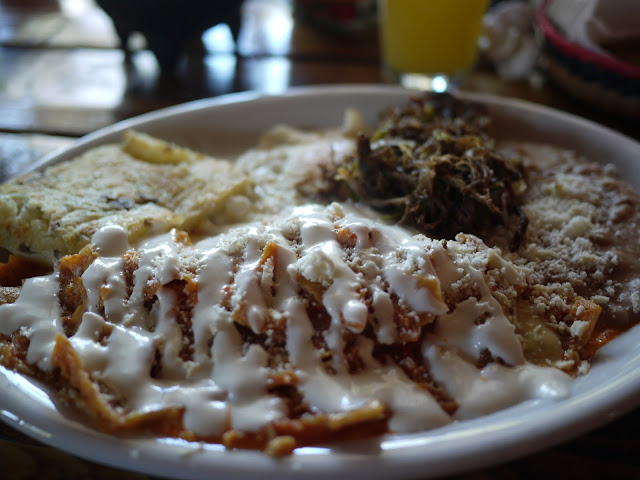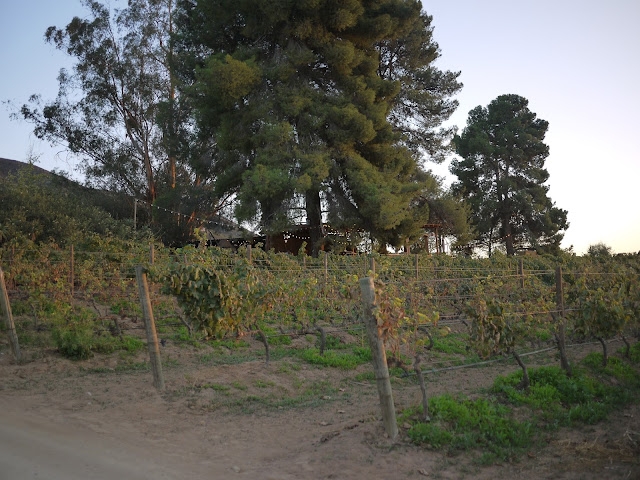It’s tempting to think of Smokestak, a new BBQ and smokehouse in Shoreditch, as being rather late to the game. Haven’t we seen this kind of thing before in London? Didn’t it all start with Pitt Cue all the way back in 2011, who were slow-smoking beef ribs and perfecting bone marrow mash in their little basement shop in Soho after taking the streetfood scene by storm? Or perhaps the real pioneers were Bodean’s, at the time (2002, astonishingly) really the only place you could enjoy such novelties as pulled pork or burnt ends, even if now they’re a sad shadow of their former selves?
Of course, good food is good food and it really shouldn’t matter who was “first”, but it’s an unfortunate fact that it does tend to be the pioneers we notice, and it's the latecomers – no matter how capable or otherwise interesting – that have to fight for their share of the limelight. The situation is hardly helped, either, by the sheer number of bandwagon-jumping copy-merchants that rushed into field as soon as they saw a trend happening, making the job of anyone trying to do this BBQ thing properly that much harder. You can get pulled pork more or less anywhere now, even EAT (don’t, by the way). How to tell the good from the bad?
Well, you could do worse than (ahem) follow a couple of food blogs, and now that you’re here I’d like to tell you that Smokestak is very definitely one of the good guys. A fortune has been spent on vast, scary smoking and grilling equipment from America, the Scandi-cool dining room (all rustic wood surfaces and industrial metal) is hung with clouds of atmospheric meat smoke, and the food produced from their kitchens speaks of expertise and attention to detail that is hardly bettered anywhere else in town.
Most will be ordering the brisket, and as well they should because it’s utterly perfect; soft and juicy with a delicate sweet, sticky crust, a complete brisket masterclass. Here it is in a bun, accompanied by zingy pickled chillies, but you can also order it as a main, a heaving pile of fat-soaked beefy loveliness.
It’s no surprise, either, that the pork rib – thick-cut, glazed with tangy house BBQ sauce and with that dense, solid texture of extremely high quality pig – is also tempting, presented with confident simplicity next to a neat pile of pickled cucumber.
But if you can’t get pork ribs or brisket right as a BBQ joint, you really would be in trouble. These things are excellent, but then you’d bloody well hope they would be. What’s more surprising about Smokestak are the bits and pieces in the rest of the menu, items that forego strict BBQ authenticity and show that their kitchen skills aren’t limited to slow-cooked protein. Above is girolles on beef dripping toast, the mushrooms smoked (of course) and soaked in a fabulously rich and herby meat stock sauce.
And this is a jacket potato, partially hollowed-out (I think) and stuffed with a fluffy sour cream filling before being blowtorched to golden brown on top. Lovely, and what it perhaps lacks in the finesse shown elsewhere on the menu it makes up for in sheer comforting pleasure. It’s also far less difficult to eat than first appearances would suggest, thanks to the lightened filling.
There’s also the matter of dessert, and possibly London’s finest Sticky Toffee Pudding. I’m trying not to sound too much like I’m damning with faint praise – London’s Best Sticky Toffee Pudding is a bit like saying London’s Finest Fish & Chips; it’s the best of a fairly undemanding bunch – but even so, this was very nice, a bit on the polite side compared to the rich, gooey examples up in Cartmel but with an excellent burnt butter ice cream and still very much worth your while.
I loved Smokestak, but then I was always very likely to. This is a restaurant that knows its audience, serves them well, and is unlikely to spend its days fretting about its vegetarian offering or whether there’s enough room for high chairs on the weekends. It’s a BBQ joint, and a very good one at that, and if you like things like brisket and ribs and beer served in frozen mugs then this will be your happy place. Judging by numbers filling up the place on a Monday lunchtime just after opening, Shoreditch has already made its verdict.
But let’s not pretend any of this is easy. No, they may not have been the first BBQ joint in town but the fact there are so few of these kinds of places worth your time at all means it joins only a very select group of superbly accomplished restaurants (off the top of my head, Pitt Cue, Shotgun, and er, that’s it) that treat American BBQ with the effort and attention it deserves. And if nothing else it just proves that even after all this time, a new restaurant operating right at the top of its game still has the power to leave this jaded food blogger tripping happily away and grinning ear to ear. So thanks, Smokestak. I owe you one.
8/10




































